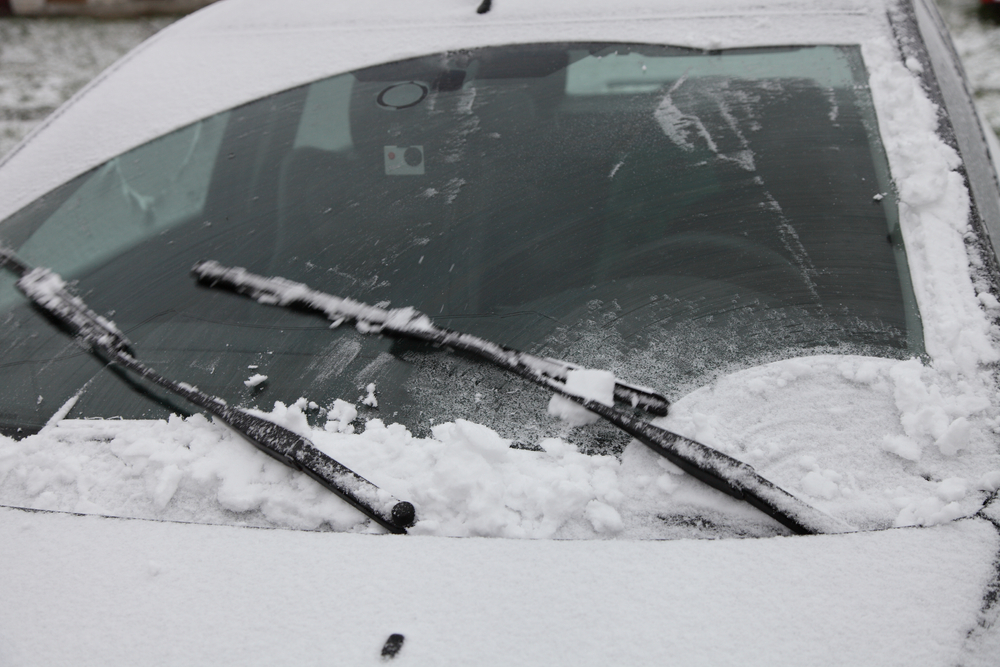Winter can have a significant impact on the performance of electric vehicles (EVs), particularly when it comes to battery life and charging. Cold temperatures can reduce range, slow charging times, and affect overall efficiency. In this article, we’ll explore 14 key ways winter weather influences your EV’s battery and what you can do to minimize the effects.
Contents
Reduced Battery Capacity

Cold temperatures slow down the chemical reactions in the battery, reducing its ability to store energy effectively. EVs may experience a temporary reduction in range, particularly in freezing conditions. Lithium-ion batteries, commonly used in EVs, are especially sensitive to temperature.
Slower Charging Times

Charging times can increase during winter due to the battery’s reduced ability to absorb charge efficiently in low temperatures. Some EVs come with thermal management systems, but even these systems can’t fully mitigate the slowdown in cold weather.
Increased Energy Consumption

To combat the cold, EVs may consume more energy to power the cabin heater, defroster, and other systems. This additional demand on the battery can further reduce the driving range, making it more important to conserve energy during winter months.
Battery Degradation

Repeated exposure to cold temperatures can accelerate battery degradation over time. This reduces the overall lifespan of the battery, potentially affecting an EV’s long-term performance. Batteries in colder climates typically have a shorter usable life compared to those in warmer conditions.
Range Loss

The loss of range during winter is a common concern for EV owners. On average, EV range can decrease by 20-40% in extremely cold conditions. Some electric cars come with built-in range calculators to help owners plan better in the winter months.
Effect of Cold on Charging Infrastructure

Cold weather can also affect public charging stations. For example, charging points can freeze or malfunction due to low temperatures, leading to disruptions in your ability to charge while on the road.
Increased Use of Cabin Heaters

Many EVs rely on resistive heaters, which can drain the battery quickly in winter. More efficient options like heat pumps, found in models like the Hyundai Kona Electric, reduce energy consumption and preserve range in cold weather.
Reduced Regenerative Braking

Cold weather can impair the effectiveness of regenerative braking systems, which recover energy during braking. EVs may limit regenerative braking power in cold weather to protect the battery, reducing overall driving efficiency.
Winter Tires

Winter tires are designed to offer better grip on cold, snowy roads, but they also increase rolling resistance, which can further drain battery power. Drivers often see reduced efficiency when using these tires compared to regular ones.
Cold Starts and Battery Voltage

EVs are generally more efficient at startup in cold weather compared to internal combustion engine (ICE) vehicles. However, the battery’s voltage can drop, and there may be difficulty powering up systems immediately, which can affect performance during the first few miles.
Increased Use of Defrosters

Electric defrosters consume significant power to clear ice and fog from windows, which further drains the battery. In extreme cold, this can become a noticeable factor in range reduction.
Windshield Wiper Demand

Heavy snowfall or icy rain can lead to increased use of the windshield wipers and washers. Some EVs, like the Nissan Leaf, have optimized their systems to ensure that even in harsh weather, the power drain is minimized, but it still affects range.
Effect of Snow on Charging

Heavy snow can block charging ports or damage charging cables, preventing effective charging. Some EVs have a protective flap or cover, but in deep snow, it can still be a hassle to access charging ports.
Impact on Battery Charging Cycles

Frequent charging in cold weather can also lead to more wear on the battery. Charging a cold battery at higher speeds or charging too frequently in winter conditions can cause long-term damage to the battery’s performance.
This article originally appeared in MyCarMakesNoise.
More from MyCarMakesNoise
13 Poorly Designed Cargo Spaces in SUVs

In the world of SUVs, one of the biggest expectations is having ample, flexible cargo space to handle everything from family vacations to weekly grocery runs. However, not all SUVs live up to this expectation, with some designs leaving drivers frustrated by awkward layouts, limited volume, and inaccessible storage areas. Read More
10 Underappreciated Vans with High-End Comfort

In a world where SUVs and crossovers often steal the spotlight, vans with high-end comfort and versatility deserve more recognition. Many modern vans come equipped with plush seating, advanced tech features, and spacious interiors designed to maximize comfort, making them ideal for long trips, daily commutes, and family outings. Read More
11 Luxury Car Brands Worth Buying New for the Latest Features

When it comes to luxury cars, buying new often means more than just that “new car smell” – it’s about access to the latest innovations in comfort, technology, and safety. Today’s top luxury car brands are constantly pushing the boundaries, introducing cutting-edge features like advanced driver assistance systems, AI-powered infotainment, and meticulously crafted interiors that turn driving into a premium experience. Read More














